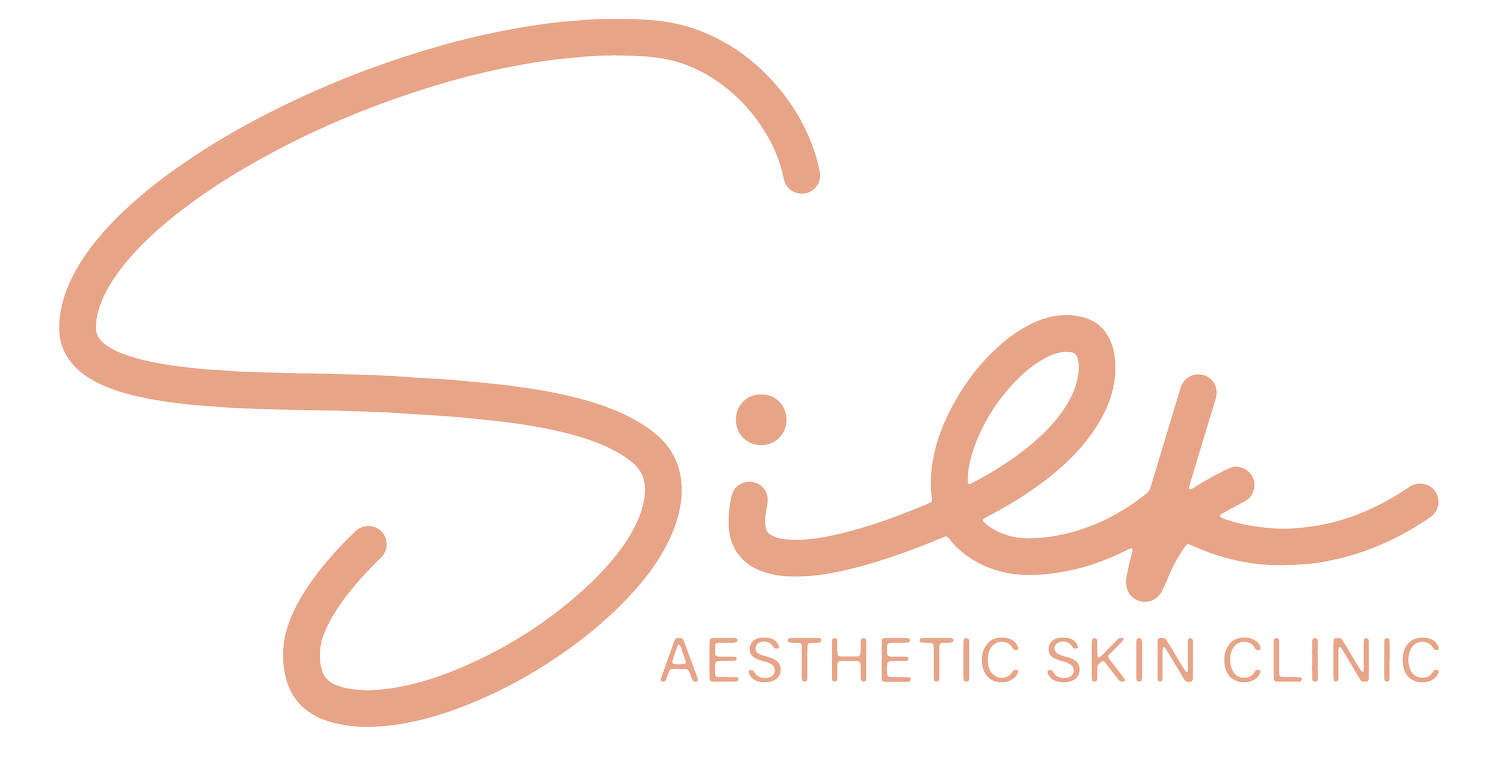SKIN TAG REMOVAL: WHAT YOU NEED TO KNOW
Skin tag removal treatment involves various methods to safely remove skin tags, which are benign skin growths often found in areas where the skin folds, such as the neck, armpits, groin, and eyelids. Here are the common methods used for skin tag removal:
Cryotherapy:
This method involves freezing the skin tag with liquid nitrogen. The extremely cold temperature destroys the skin tag's cells, causing it to fall off within a few days.
Excision:
A doctor uses a scalpel or surgical scissors to cut off the skin tag. This procedure is usually quick and performed under local anesthesia.
Ligation:
The skin tag is tied off at its base with a surgical thread (suture) to cut off blood flow, causing the tag to eventually fall off.
Electrosurgery:
This method uses an electric current to burn off the skin tag. It is typically done with local anesthesia to minimize discomfort.
Laser Surgery:
A laser is used to remove the skin tag by cutting it off and sealing the wound simultaneously. This method is precise and minimizes bleeding.
Over-the-Counter Solutions:
There are various over-the-counter products, such as creams, ointments, and removal devices, designed to remove skin tags at home. These typically involve freezing the skin tag or using chemical solutions to dry it out until it falls off.
Before & After
Key Benefits of Skin Tag Removal:
Improved Appearance:
Cosmetic Enhancement: Many people choose to remove skin tags for aesthetic reasons. Removing these benign growths can enhance the appearance of the skin, especially when they are located in visible areas like the face, neck, or hands.
Confidence Boost: Improved skin appearance can lead to increased self-confidence and a better self-image.
Elimination of Discomfort:
Physical Irritation: Skin tags can cause discomfort, particularly in areas where clothing or jewelry rub against them. Removing them eliminates this irritation.
Pain Relief: If a skin tag is accidentally pulled or twisted, it can cause pain and bleeding. Removal prevents such painful incidents.
Prevention of Complications:
Infection Risk Reduction: Skin tags can sometimes get snagged on clothing or jewelry, leading to bleeding and potential infection. Removing them reduces this risk.
Avoiding Repeated Trauma: Frequent irritation or trauma to a skin tag can lead to inflammation and potential infection, so removal can prevent these issues.
Ease of Personal Care:
Simplified Grooming: Skin tags in areas like the underarms or neck can complicate shaving and other grooming activities. Removing them can make personal care routines easier and more efficient.
Clarification of Diagnosis:
Medical Examination: While skin tags are generally benign, any growth on the skin should be examined by a healthcare professional to rule out more serious conditions like skin cancer. Removal allows for a thorough examination and peace of mind.
Enhanced Comfort and Mobility:
Reduced Friction: Skin tags in areas like the thighs, underarms, or groin can cause friction during movement. Removing them can enhance comfort and mobility.
Clothing Comfort: Wearing certain types of clothing or accessories can be more comfortable without the presence of skin tags.
Prevention of Future Growths:
Reduced Likelihood of Recurrence: While removal doesn't prevent new skin tags from forming, removing existing ones can help in managing and monitoring skin health more effectively.
Considerations and Aftercare
Professional Consultation:
It is essential to consult a healthcare professional to determine the best removal method, especially for skin tags in sensitive areas or if there are concerns about the growth being something other than a skin tag.
Pain and Discomfort:
Some methods, especially those involving cutting or burning, may cause discomfort. Anesthesia is often used to mitigate pain.
Risk of Infection:
Proper aftercare is necessary to prevent infection. This includes keeping the area clean and applying antibiotic ointment if needed.
Scarring:
There is a small risk of scarring with some removal methods, particularly with excision and electrosurgery.
Recurrence:
Skin tags can sometimes recur even after removal, especially in areas prone to friction.
Overall, skin tag removal can lead to improved quality of life by eliminating discomfort, enhancing appearance, and reducing the risk of complications. It’s always advisable to consult with a healthcare provider to determine the most appropriate removal method and ensure that the growths are indeed benign skin tags.


